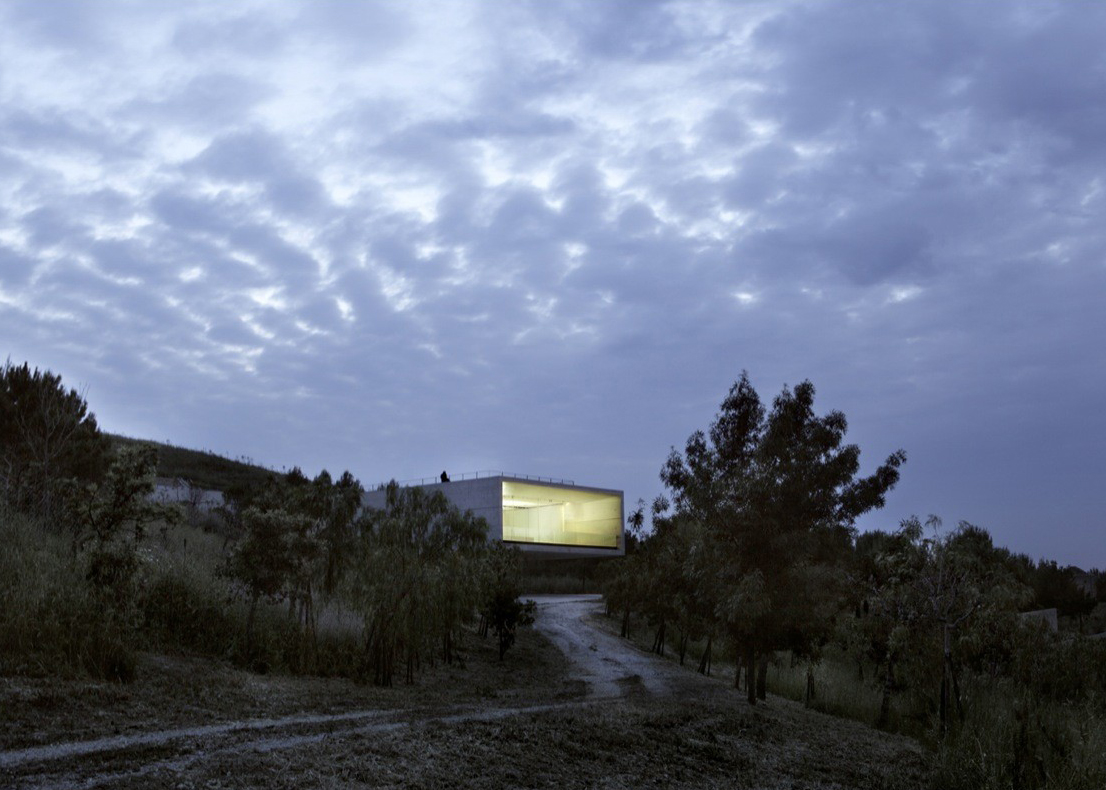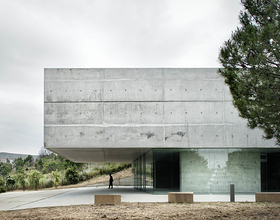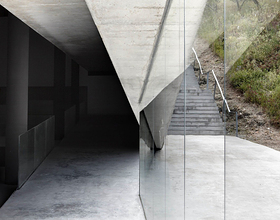PYTHAGORAS MUSEUM
-
The project for the Pythagoras Museum is the result of the international design competition held by the Crotone Council in 2003 with funding from the European Community in its role of encouraging the development of urban community projects. The central theme of the competition was the creation of a science park on an area of 18 hectares dedicated to the great Greek mathematician Pythagoras who founded the Pythagoric School in the Kroton of the VI century B.C. The project has a dual goal acting at both a global and a local level: on one hand promoting the city of Crotone on the international circuit of cultural tourism through enhancement of the city’s historical and scientific identity with Pythagoras, on the other hand activating an urban and social renewal process in the part of Crotone where it is located. The architecture of the museum sought to create a new landscape morphologically rooted to the ground, through a partially hypo-epigean space that integrates the museum with the mountain through a continuum with the existing topography, thereby underlining the profile of the hill. The relationship between architecture and landscape is emphasized in the interior spaces of the foyer and the cafeteria which frame the view outside, as if seen through a telescope. The museum can be reached at the lower level through aa ascending pathway originating from the town, or at the upper level through a path descending from the mount. An inner spiral architectural promenade distributes the various functions of the museum (foyer, permanent and temporary exhibition halls, workshop spaces, offices, cafeteria), accompanying the visitors in a continuous and fluid way to the roof top, conceived as a belvedere overlooking the park and the city, being a place of recreation and socialization where the line between exhibition, plaza and garden will be defined by the varying uses of the final users. Located in the outskirts of Crotone, the museum is part of a wider project that aims to revitalize the areas around the historical centre with new public activities.
Photo credits: Mariela Apollonio
1870 Projects











